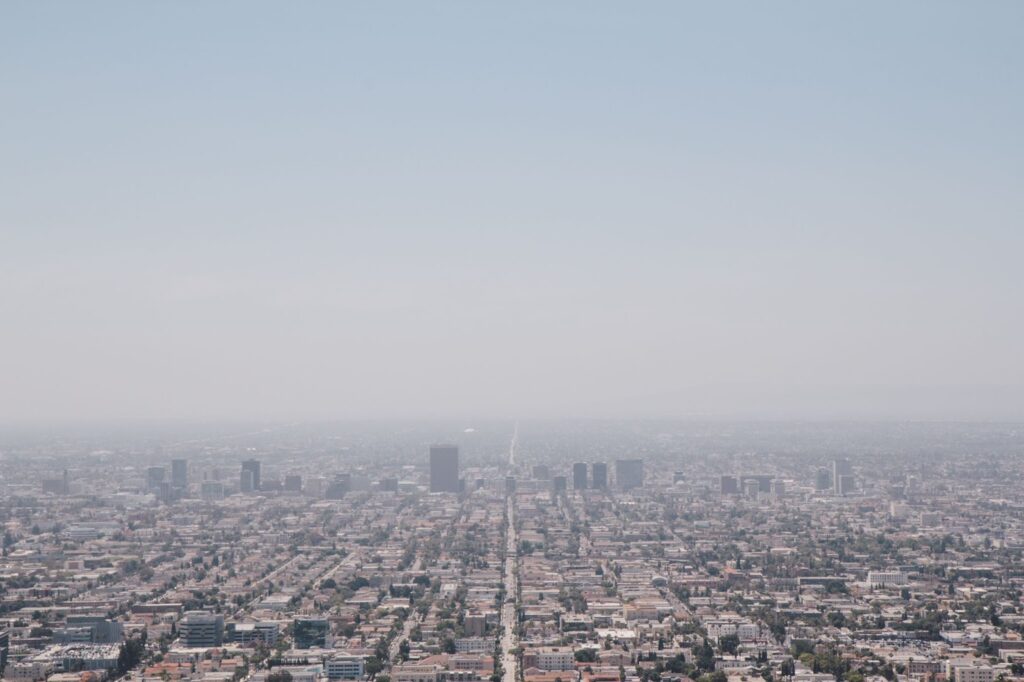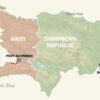
Last month Tropical Storm Hilary, the West Coast’s first topical storm or hurricane in 84 years, hit southern counties in California and Nevada, shocking millions across the United States.
As flooded communities recover from the hurricane-turned-tropical storm, the rare occurrence of a tropical cyclone on the West Coast has caused speculation among both citizens and professionals about the possible causes of the storm in this region.
According to the National Hurricane Center (NHC), a division of the National Oceanic and Atmospheric Administration (NOAA), a tropical storm is classified as a tropical cyclone with maximum sustained winds between 39 and 73 mph (34 to 63 knots), while a hurricane is a tropical cyclone with maximum sustained winds higher than 74 mph (64 knots).
Dr. Sen Chiao, a biology professor at Howard University and director of the NOAA’s Cooperative Science Center in Atmospheric Sciences and Meteorology, explained that oceans have different tropical systems that occur simultaneously, and any of said systems could have intensified Hilary.
“There were four tropical systems identified from the Gulf of Mexico, to the Caribbean, to the Eastern Atlantic Ocean,” Chiao said. “This whole big picture we are talking about from the top of the Gulf of Mexico to the Atlantic Ocean, it is actually very active.”
Despite official reports and explanations from experts, members of the public continue to speculate that the main cause of the bizarre storm is climate change. Riverside, California native, Kasey Napper, a sophomore marketing major, expressed concern about climate change affecting the weather on the West Coast.
“I feel like it definitely has to do with climate change, whether people think it’s real or not,” Napper said.
“There’s no way that in the middle of August in sunny Southern California that there’s just three days of constant downpour,” Napper continued.
Some possible causes of Tropical Storm Hilary are marine heat waves and a heat dome over the midsection of the United States, based on reports by the Los Angeles Times and Associated Press.
Lovely Gentry-Thomas, a freshman biology major from San Diego, California emphasized California in general doesn’t “do very well with [its] environment.” “I would definitely say [Hilary] was based on climate change,” she said.
This rise in concern surrounding climate change due to Hilary comes weeks after NASA warned of the severity of heat stress, wildfires and other climate risks if global temperatures reach 3.6 degrees Fahrenheit above pre-industrial levels.
On the contrary, other experts, including Chiao believe that the exact causes of the tropical storm are actually unknown.
“This topic needs more systematic research to really narrow it down to say [definitively] ‘this is because of the climate’ or ‘this is because of the rise in temperature’,” Chiao said.
Paul Miller, an assistant professor at Louisiana State University’s Department of Oceanography and Coastal Sciences, also addressed the topic in an interview with Vox.
“There’s nothing about what’s happening right now to make me think that climate change is so dramatic,” Miller said.
Nonetheless, some stakeholders around the nation hope that this situation will bring more awareness to the concept of climate change and prompt people to care for the environment.
“I think there’s definitely more to come than Hurricane Hilary,” Gentry-Thomas said. “I think it’s a wake-up call for us,” she said.
Copy edited by Alana Matthew































